Data security is taking a toll on our lives; no matter what we do, nothing seems sufficient! Even the top-notch security experts are scratching their heads to find a solution which shields their network and data from outsiders. But now they see a ray of hope in the form of zero trust network model! But what is this anyway?
What Is Zero Trust Network?
The traditional network security relies on the fundamental fact that there is a secure parameter. Inside this everything is secure and outside this perimeter lies the threat! If you know the basics of network security, it would not be hard to tell that this is not the case anymore! A threat may come from agents inside the network as well as we rely totally on wireless technology now! And thus, we need zero trust approach for data security that emphasizes on the fact that everything is a threat or untrusted element! Well, this was quite necessary as we are no longer limited to using the resources present within a boundary and things have become extremely complicated with the introduction of cloud computing.

There are several benefits of replacing the traditional system with Zero trust network. In the ecosystem of zero trust network model, it is assumed that we are working in an open environment which has endless threats and vulnerabilities. This makes sure that every data; incoming or outgoing is encrypted to avoid any mishappening! It is a bit inconvenient for users as they have to log in for session as there is no provision of cookies that will keep them logged in. Also, the privileges of administrators are restricted. The admins are no longer permitted to access or use their power anytime, but during their working hours. Moreover, the systems are subdivided to be make sure they are ready to work with zero trust approach. These are divided separately in sections to prevent any other person from accessing the sensitive information.
Also Read : Same Old Cyber Security Failures
Best Practices for Zero Trust Network Model That You Must Start With
There is no denying the fact that this is much daunting when compared to the traditional network. Also, there is a need of SD-WAN techniques as encryption and security is required at every instant! Moreover, you can follow the practices given below to make your work easier:
1. Identify the Most Sensitive Data You Have
You may have to invest a lot of time for this but it will be worth the effort as you’ll get an insight into the data and users who have access to it. You may now take the important steps and practices for securing it.
2. Map Out the Movement of This Data in Your Network
Well you won’t have to invest your time for this as you’ll be able to track this while carrying out the previous step! But document this to make sure you have a record of the people who have access to it and right to share the same!
3. Come Up with Regulations
As every user in the zero-trust network must know about the basics of what he is allowed to do and what not, this is crucial! Also, in case of any dispute you’ll have a guideline to settle it!

4. Keep Monitoring Continually
Everything will go in vain if your network is left unsupervised! So, make sure you have experts to track and supervise the activities in your network!
5. Get Rid of Toxic Data
In every organization, there is a dataset which is no longer useful but still the personnel’s involved find it hard to let go of it. If you too have the same, dispose it off immediately! It will not only free up some space for you but also make you less vulnerable to hackers.
Must read : Tips to Enhance Privacy on Chrome For Android
Yes, there are several things to upgrade, but switching to this from a traditional network will give a boost to your network security! So, start following zero trust approach for your network and stay shielded! Certainly, this will not make you cent percent secure but reduce the risks considerably! What do you think?

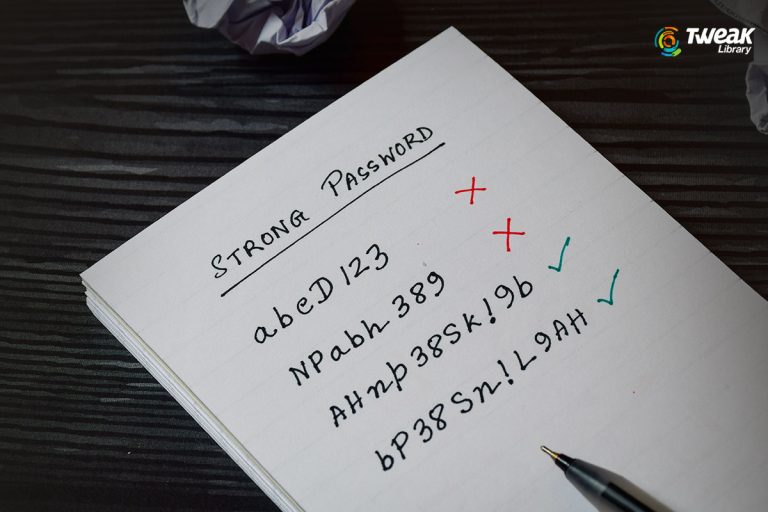
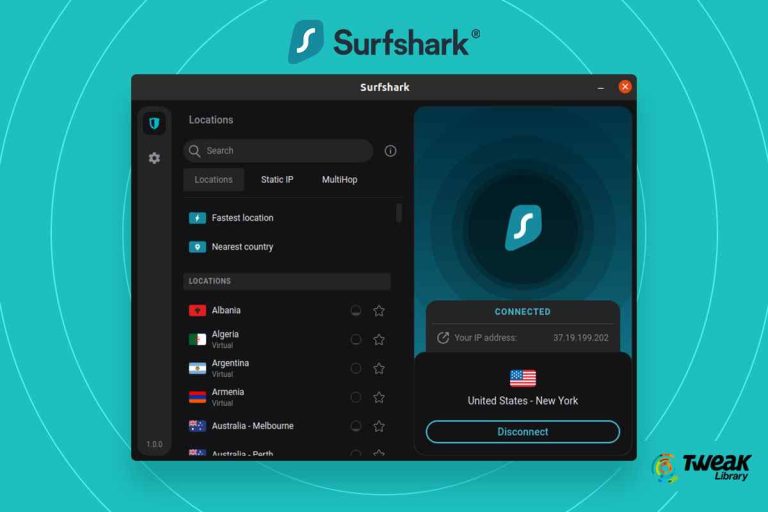
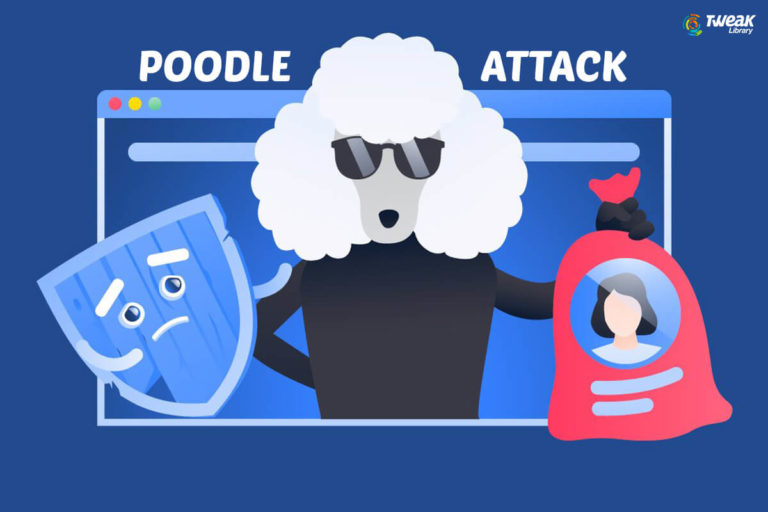
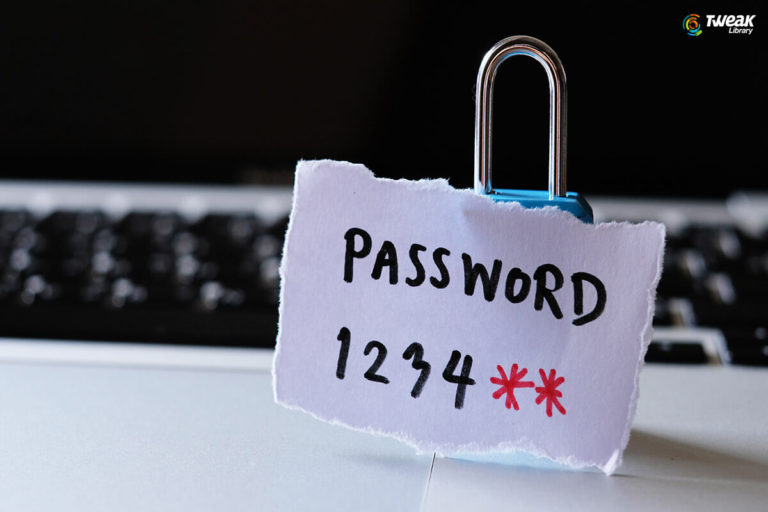
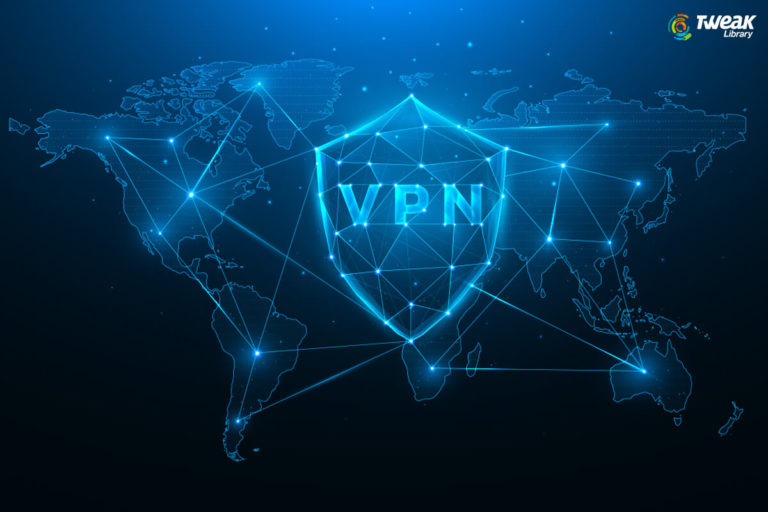
Leave a Reply